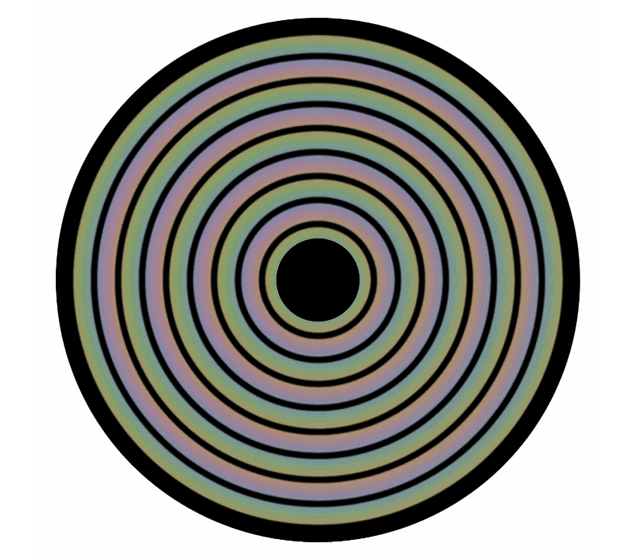Best Illusion Of The Year Contest
The contest is a celebration of the ingenuity and creativity of the world’s premier visual illusion research community. Visual illusions are those perceptual experiences that do not match the physical reality. Our perception of the outside world is generated indirectly by brain mechanisms, and so all visual perception is illusory to some extent. The study of visual illusions is therefore of critical importance to the understanding of the basic mechanisms of sensory perception, as well as to cure many diseases of the visual system.
The visual illusion community includes visual scientists, ophthalmologists, neurologists, and visual artists that use a variety of methods to help discover the neural underpinnings of visual illusory perception.
These are the best illusions of the year 2014 Contest. The winner is Dynamic Ebbinghaus, a central circle, which stays the same size.
The Dynamic Ebbinghaus
1st prize winner of the 2014 Best Illusion of The Year Contest
The Dynamic Ebbinghaus takes a classic, static size illusion and transforms it into a dynamic, moving display. A central circle, which stays the same size, appears to change size when it is surrounded by a set of circles that grow and shrink over time. Interestingly, this effect is relatively weak when looking directly at a stationary central circle. But if you look away from the central circle or move your eyes, or if the entire stimulus move across the screen, then the illusory effect is surprisingly strong — at least twice as large as the classic, static Ebbinghaus illusion.
Christopher D. Blair, Gideon P. Caplovitz, and Ryan E.B. Mruczek
University of Nevada Reno, USA, USA
Flexible colors
2nd prize winner of the 2014 Best Illusion of The Year Contest
One colored image can lead to several color perceptions, depending on the position of black outlines that are presented on top of the colored image. The shape of a surface depends more on changes of luminance in the visual scene than on specific colors themselves. By presenting black outlines on top of colored images, the whole area between outlines is seen as having one single color. Instead of seeing the actual colors presented at each location, our brain prefers to see one homogenous color, as surfaces in real life are usually also perceived with one single color.
Mark Vergeer, Stuart Anstis, and Rob van Lier
University of Leuven, UC San Diego, Radboud University Nijmegen, The Netherlands
A Turn in the Road
3rd prize winner of the 2014 Best Illusion of The Year Contest
Short description of our illusion: When we look at two pictures that are physically the same, they usually look the same. When they are different, they look different. Our illusions show the opposite: two images that are different but look the same — those are called “metamers”; — and two images that are identical but look different — we call those “anti-metamers.” Our main illusion mixes the two: it shows three images, two of which match with a third one mismatching. Viewers see one image as odd, but it’s one of the two identical images they see as different, an illusion we call “false pop out.”
Kimberley D. Orsten and James R. Pomerantz
Rice University, Houston, TX, USA



